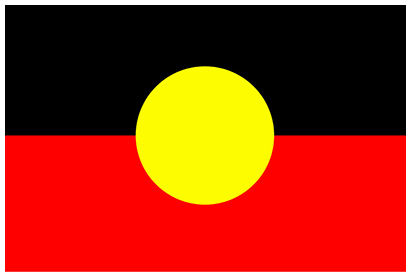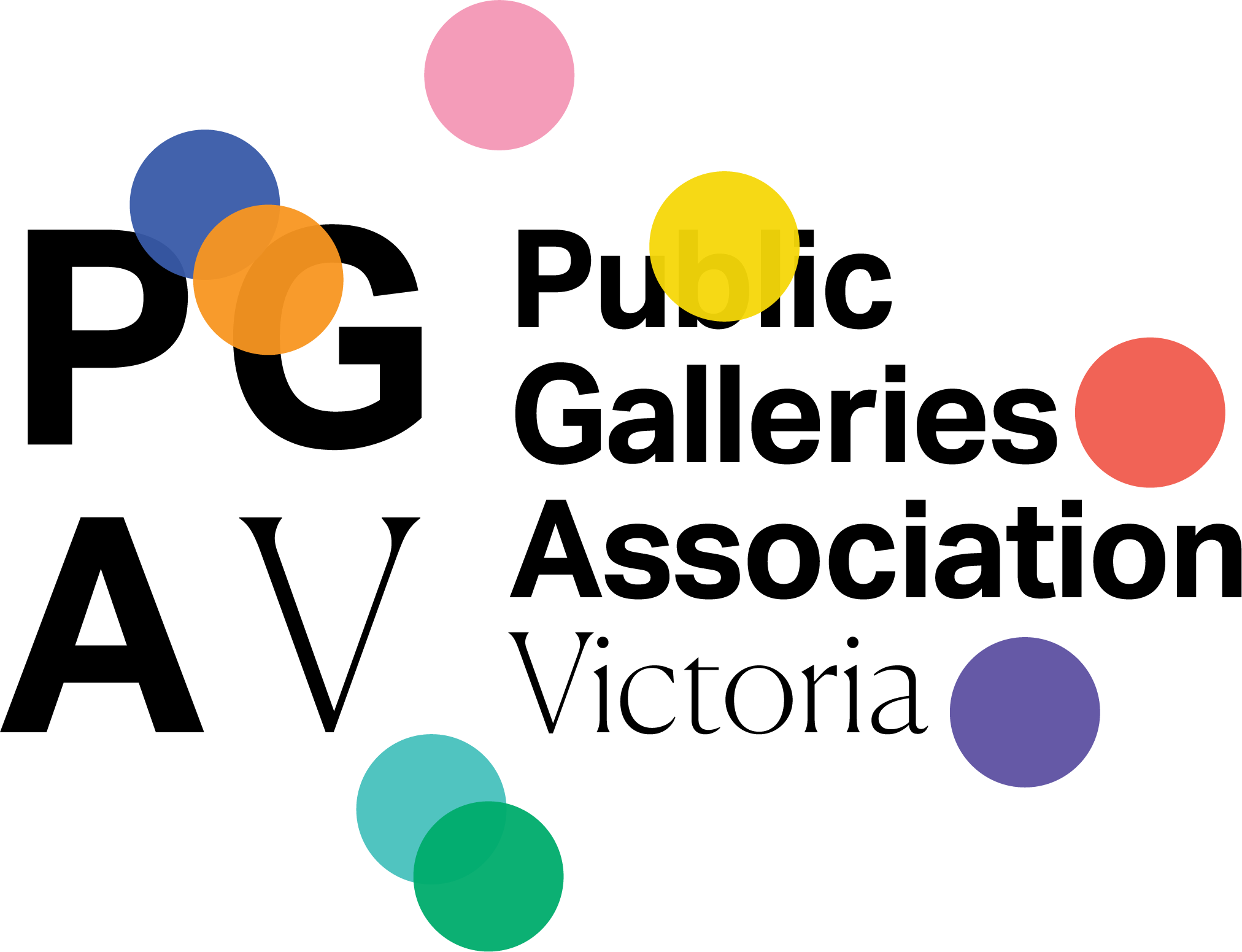director
Professions in the Public Gallery Sector

jessica bridgfoot
Director
Bendigo Art Gallery
Photo: Leon Schoots
Date: May 2022
the role of director
The Director develops and implements a strategic plan which sets the artistic direction, collections policy and gallery operations, ensuring compliance with current legislation and the National Standards for Australian Museums and Galleries. They implement and report on relevant policies and procedures and the supervision of staff. They may have duties relating to managing a board and/or an advisory committee. They are financially accountable and will also develop and implement fundraising initiatives.
For more information about roles within public galleries see the PGAV Fact Sheet: Staffing Levels & Position Titles
How did you get started in your career and what formal qualifications do you have?
I actually trained as an artist then went into management. I have a Bachelor of Visual Arts (Painting) from Monash University and a Masters of Arts Management from University of Melbourne. My first real arts gig was in Glasgow where I spent around a year working for a contemporary performance organisation writing funding applications and touring project plans. After this I returned to Australia to my hometown of Bendigo and established my own commercial contemporary gallery, on View Street (opposite the Bendigo Art Gallery) dedicated to the presentation of contemporary art in a regional context. I called in all favours from my University days to put together the exhibition program of artists I admired. I went on to work in the commercial sector in Melbourne as a Gallery Manager for five years which gave me a really great sense of working in a fast-paced deadline and revenue driven arts environment – as well as work closely with contemporary artists who are often relying on you for their sole income. Working in the commercial sector was terrific as you get to understand all aspects of exhibitions from curation, commissioning to marketing and budgeting – not to mention the contacts through collectors - it was also great fun and a bit wild at times! I moved into the public sector after that at Substation – a contemporary arts space in inner Melbourne’s west where I was responsible for the planning, funding, curation and delivery of the visual arts program. Starting a family I freelanced and then landed at Bendigo Art Gallery after I pitched an exhibition idea to then Director Karen Quinlan – one thing led to another and I moved up through the curatorial team into the role of Director. Almost three years in the role and I still have moments where I pinch myself at how fortunate I am to have landed my dream job at a Gallery I have always admired and visited as a child.
What knowledge and skills do you think are most needed for this role?
As my big council boss often says ‘this is a people game’ and I think that’s entirely on point. People skills are a huge part of the role as is the ability to listen and collaborate. In a small team like ours at Bendigo Art Gallery we have big ambitions so a shared vision is imperative to success. Stakeholder management skills, diplomacy, business acumen and obviously an instinct for what makes great exhibitions and knowledge of art and design are also highly desired. You need to be able to remove yourself and your ego from the picture and make decisions based on what’s best for the organisation.
What is the most interesting or challenging aspect of your job?
Working with creative people is the most interesting and also the most challenging aspect! As above, allowing creative ideas to flourish and not being afraid to take a risk on a new concept – but also being prepared to defend it if it fails.

Image: Bendigo Art Gallery Director Jessica Bridgfoot and Priscilla Presley at the opening of the exhibition Elvis: Direct from Graceland at Bendigo Art Gallery, March 2022.
What is one of the strangest things you’ve had to do in your current position?
Number one: cuddle up to Priscilla Presley for a photoshoot (exciting and definitely someone I never imagined I’d meet). Number two: talk about vaccinations on National television.
What has been the biggest challenge in your role during the pandemic?
Keeping the team engaged and maintain a healthy workplace culture has been challenging. The changing situation and uncertainty of operations made it incredibly difficult to plan, program and budget. Now things are back on track we are planning for the future with more confidence however there is definitely an internal cultural rebuild to do as we are now working across a workforce that is split between home and office. I miss those hallway conversations the most and I find the team is at its best when we are all brainstorming in person however I also respect individuals right to flexibility (and sometimes you just need a quiet place to write!)
What do you think are the key issues for public galleries in the future?
I think in the era of ‘experienced based culture’ maintaining relevance and the ability to be responsive and agile to the market is challenging – particularly in institutions that are historic, and collection based. As pressure mounts for museums and galleries to put more funding and emphasis towards destination programming, securing blockbuster exhibition content is becoming more competitive. It's daunting to engage a new generation of audience who have grown up streaming content on demand – the challenge is to inspire everyone to slow down, look, think and feel.
The Public Galleries Association of Victoria (PGAV) acknowledges the Wurundjeri Woi-Wurrung people of the Kulin Nation as the Traditional Owners of the lands where our office is located, and all Traditional Owners of country throughout Victoria and Australia. We recognise Aboriginal and Torres Strait Islander peoples enduring traditions and continuing creative cultures. We pay our respect to Elders past, present and emerging.
We are an LGBTQIA+ friendly organisation that celebrates diversity. We are committed to providing safe, culturally appropriate, and inclusive services for all people, regardless of their ethnicity, faith, disability, sexuality, or gender identity.






